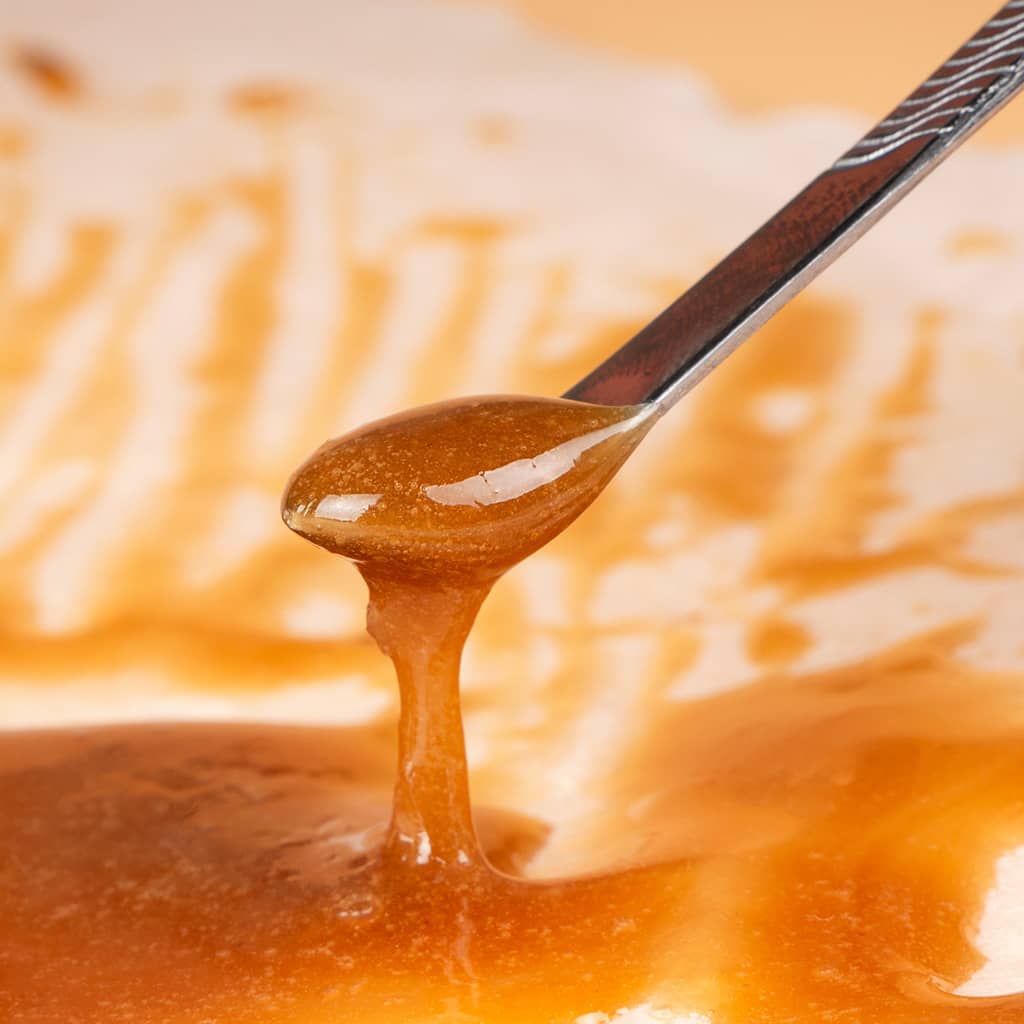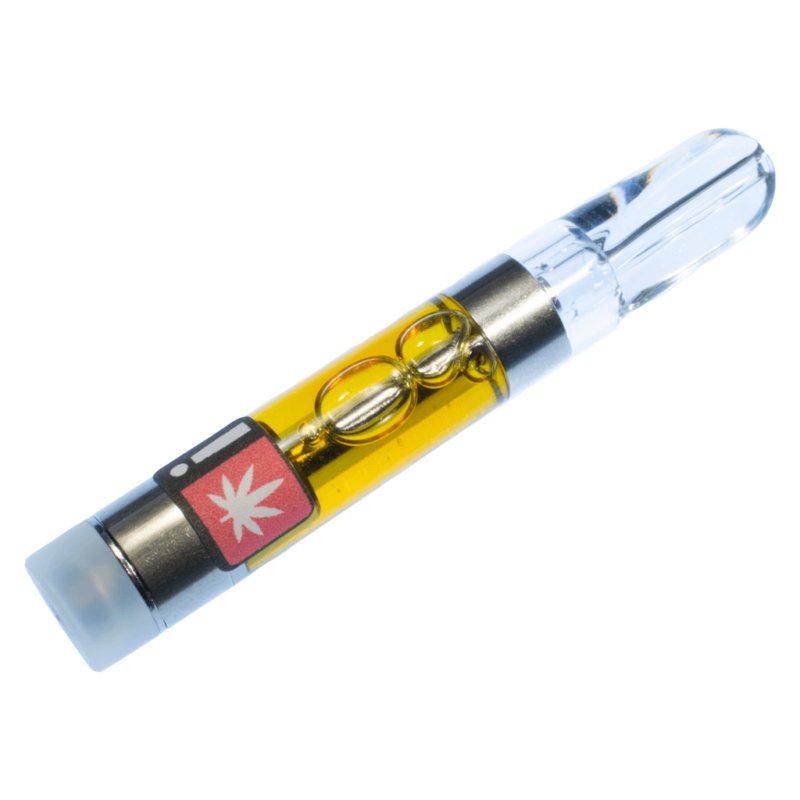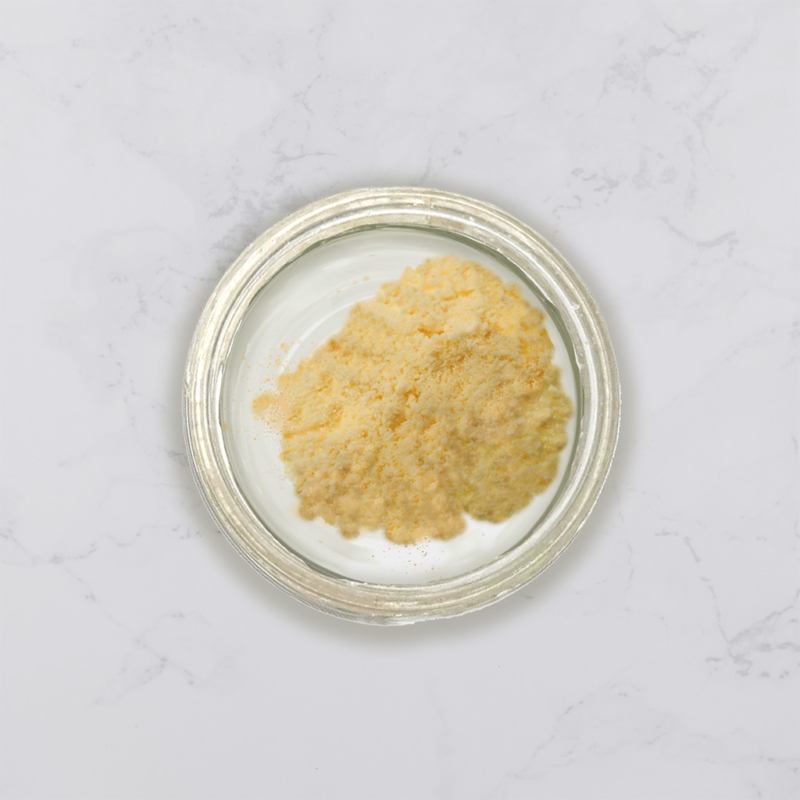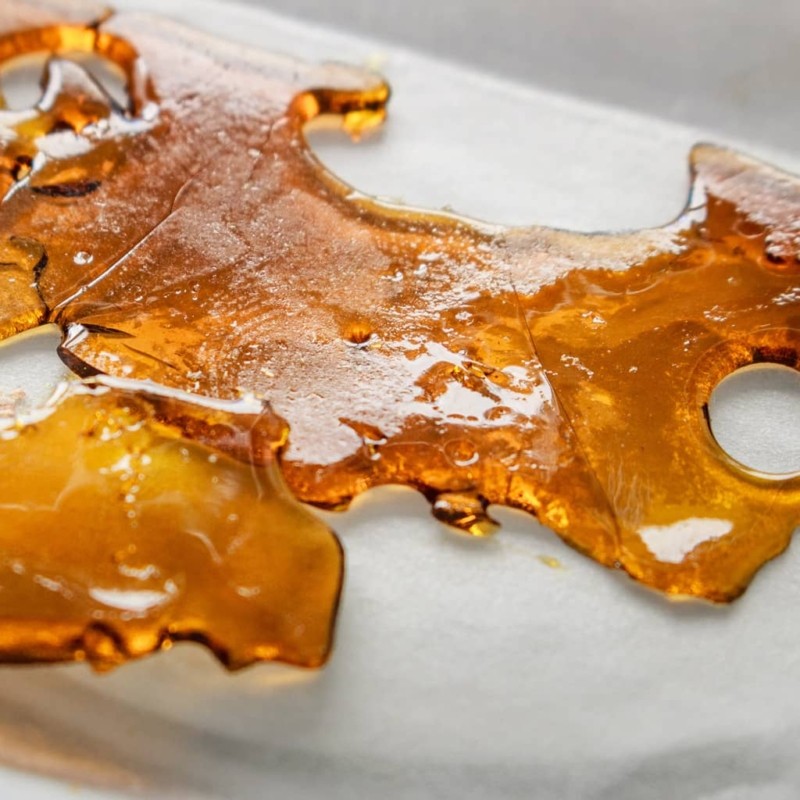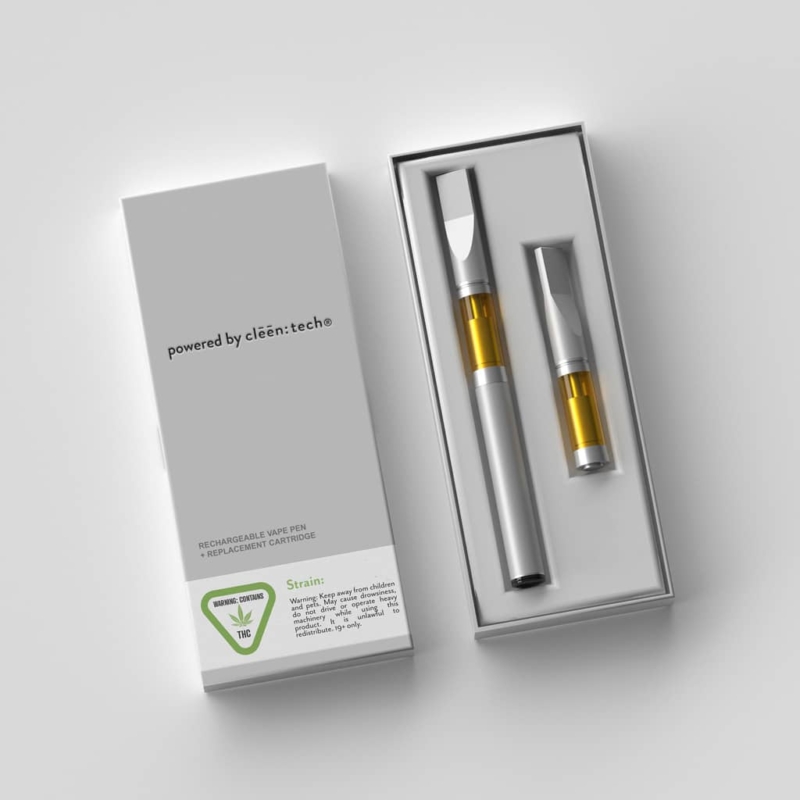Different Kinds Of Isolate
Written by: Scott Sondles

Ever since scientists discovered how to isolate natural compounds there has been a fascination with isolating and studying therapeutic molecules. In recent years some of the most fascinating molecules to study have been cannabinoids and there has been an explosion of research. The most common isolates are THC and CBD, but there are 113 other cannabinoids whose secrets still need to be unlocked.
Cannabinoids are one of the most heavily researched plant chemicals in the world and unwrapping the details of how specific cannabinoids work depends on producing isolates from different components of a chemical mixture. What researchers are discovering about cannabinoids and our endocannabinoid system is truly remarkable and there is an increasing demand for both full-spectrum cannabinoid extracts and isolated cannabinoids for research. The evidence that cannabinoids provide therapeutic properties is a mountain tall and cannabinoid isolates allow researchers to conduct specific studies on how each compound interacts with endocannabinoid receptors, enzymes, and other g-protein receptors.
Cannabinoid Research & Production
Researchers and medical professionals have always preferred to study natural isolates, but modern research is now suggesting whole plant extracts have better bioavailability and provide better therapeutic relief. As researchers have delved into the history of hemp and more and more hemp myths are being debunked, studies have also found that whole plant extracts, including hemp, have higher anti-inflammatory and anti-microbial properties when compared to isolated compounds. The problem is that studying the complexities and chemical diversity of whole plant extracts is a tremendous challenge.
Whole plant extracts are more complex than single molecules, and when researchers study whole plant extracts it becomes difficult to decipher what active ingredient in the chemical mixture did what. This is why isolates are so important when it comes to understanding the details of cannabinoids and the endocannabinoid system. Isolated cannabinoid research allows us to conduct clinical trials and produce evidence of cannabinoids’ pharmacological potential. The only downside to the isolated cannabinoid research is that it doesn’t account for the entourage effect that full spectrum vs broad spectrum extracts may have. Isolated cannabinoids and other molecules may also be used to re-engineer whole plant profiles or be used to improve upon a whole plant extract. Furthermore, isolates such as CBD can also be used to synthesize or convert into other molecules such as THC. During this chemical conversion it is important to have high purity to eliminate reaction by-products and undesirable compounds.
Isolating cannabinoids is difficult, but so is the research and analysis that may need to be confirmed by a stereoselective synthesis or liquid chromatography coupled with to high-resolution mass spectrometry (LC-HRMS). This equipment is expensive and you’ll need to have a chemistry background to have a good understanding of how to run it. In an effort to standardize our research efforts, it would be wise for the cannabinoid industry to propose research standards when it comes to cultivar, extraction, isolation method, and analytical cleentech equipment calibration, using the chromatography method and mass spectrometry.
Isolation Methods
Due to the complexity of cannabinoids and the endocannabinoid system, it becomes important to have isolation and analytical methods that can isolate and study-specific compounds within a complex mixture. Isolation is a difficult process due to the structural similarities of cannabinoids, but the purification process also needs to protect against potential degradation of thermally sensitive molecules. It is important to note that isolated cannabinoids may differ in their purity, some cannabinoid isolates will be 90-95% purity, other isolates can be as high as 99.9% purity. The industry would benefit from developing standards when it comes to studying both isolated cannabinoids and whole plant extracts.
Producing cannabinoid isolates is a multi-step approach that will start with a bulk extraction process, followed by a series of post-processing and purification steps. So, what is extraction and what is necessary to start the process? Processors use ethanol, CO2, hexane, or butane for the initial bulk extraction and rely on liquid chromatography method to isolate cannabinoids. High performance liquid chromatography (HPLC), supercritical chromatography and gas chromatography (GC) are the most popular of all the chromatographic separation methods. It is important to note that GC cannot isolate or analyze a complex mixture of acidic cannabinoids due to the use of heat. HPLC and supercritical chromatography are therefore the preferred method for studying the true composition of cannabinoid products and producing isolates.Thin-film distillation or fractional distillation equipment is also used to distill and isolate cannabinoids.
Chromatography
Chromatography can be intimidating, but it can be your best friend when purifying cannabinoids. But, what is chromatography exactly? The goal of the chromatography system is to separate, identify, and quantify all compounds in an oil or extract. Chromatography is a laboratory method to separate different components compounds within a mixture and the first step is dissolving the mixture in a fluid such as pressurized CO2, ethanol, butane, water, or a similar solvent. Hexane is the most popular non-polar solvent.
In the hemp industry, this mixture is typically a crude extract or distilled oil that is derived from a supercritical CO2 or ethanol extraction. In certain circumstances, crude extract may go directly into chromatography equipment after the crude extraction. The mixture and fluid are known as the mobile phase that facilitates the compounds through the chromatography system. The stationary phase consists of columns and tubes that are filled with solid adsorbent materials that separate cannabinoids and terpenes based on molecular structure and affinities. Each solute molecule flows through the mobile phase at different velocities and this allows for the separation, more specifically the separation is based on the molecules partition coefficient. The chromatography technique was originally invented in 1900 to separate natural pigments. The most popular forms of chromatography are gas chromatography (GC), flash chromatography, and high performance liquid chromatography.
Flash Chromatography
Flash chromatography is a separation process that uses gravity and a column that contains a synthetic silica to help separate mixtures compounds based on polarity differences. After packing the column with silica, the crude hemp extract or distillate is introduced into the top of column and is followed by solvent that is pumped into the chamber using a gas. Molecules with high solubility will move through (down) the columns quicker than less soluble molecules and each compound can be collected in its purified state. The silica gel and the solids that are packed into the column interact with molecules of different sizes and solubility to begin the separation process. More specifically, polar molecules have more of an attraction to silica and will take longer to pass through the column. Flash chromatography has been called a quicker version of traditional chromatography due to its use of pressurized gas to push the solvent though the column. It is important to note that there are multiple pathways for conducting flash chromatography and these steps are simplified and not meant to be standard operating procedures.
High-performance Liquid Chromatography (HPLC)
FC is the most popular form of chromatography, but many organizations are switching over to high-performance liquid chromatography (HPLC). HPLC is even more efficient, uses less solvent, and is faster than FC. The specific details on how HPLC works are beyond the scope of this article, but basically, HPLC is an improved version for FC or column chromatography that uses higher pressures that may reach 400 atmospheres. HPLC is the bees knees of cannabinoids separation due to its ability to quickly move molecules through the column to the molecule detectors. The time it takes for a molecule to travel the length of the column and into the detectors is called the ‘retention time’. Each molecule will have slightly different retention times and this is how the separation occurs. When the detector records the peak height for a specific molecule, the retention time is stopped. Detector’s will typically use UV absorption to identify molecules. When it comes to the commercial production of isolated cannabinoids and other hemp molecules, the retention times become extremely important when it comes as it corresponds to processor profitability. Variables to retention times include:
- Pressure
- Stationary phase material and particle size (surface area)
- Solvent
- Temperature
Supercritical CO2 chromatography
Supercritical CO2 chromatography is a process where the fluid and mobile phase is CO2 that is in a subcritical or supercritical phase. Subcritical CO2 has the properties of a liquid and supercritical CO2 takes on the properties of both a gas and liquid. In supercritical CO2 chromatography the engineering properties of the equipment have similarities to HPLC. Using CO2 means the entire flow path must be pressurized and supercritical chromatography has a higher upfront cost due to these engineering requirements. The benefits of using CO2 may be worth the extra expense. CO2 is known as the most environmentally friendly processing method and its popularity is increasing in the pharmaceutical industry. One of the biggest differences of using supercritical CO2 is that the equipment will need a large chiller/heater to keep pump heads cool and control temperatures in the chambers. The major advantage of CO2 chromatography is the ability to reach the supercritical phase where the liquid and gas like properties allow for faster throughput with no drop in purity. Co-solvents (1%) such as ethanol or methanol may also be incorporated. CO2 chromatography has an advantage when it comes to alternative methods due to its ability to turn back into a gas and leave no residual solvents behind. Around 90% of CO2 gets recycled after each run using this chromatography technique. CO2 chromatography is the preferred method for scaling up a purification process due to lower solvent costs and efficiency. One of the key drawbacks to be aware of is the technical and equipment maintenance issues that come with pumps and dissolving O-rings.
Similarities or differences
There are a wide variety of chromatography strategies, but flash chromatography has become a popular technique due to its ability to speed up slower chromatography processes. Within 10 minutes, cannabinoids may be separated from a crude extract. Flash chromatography is also relatively cheap when compared to alternative chromatography methods and can be done without purchasing expensive lab equipment. For these reasons, flash has become the standard for analytical testing and purification. Flash is often used during the drug discovery process and to separate cannabinoids or remove cannabinoids like THC from hemp extracts, this is called THC remediation. One of the main physical differences between the separation strategies is that FC uses glass columns, while HPLC requires steel due to higher pressures. Furthermore, supercritical equipment provides new opportunities for high throughput processors and organizations that are trying to apply green extraction principles. All of the chromatography methods can get the job done, but which one is right for you really depends on your processing goals and budgets.


